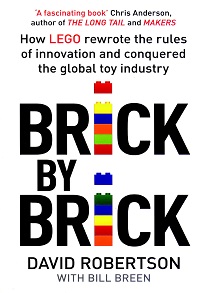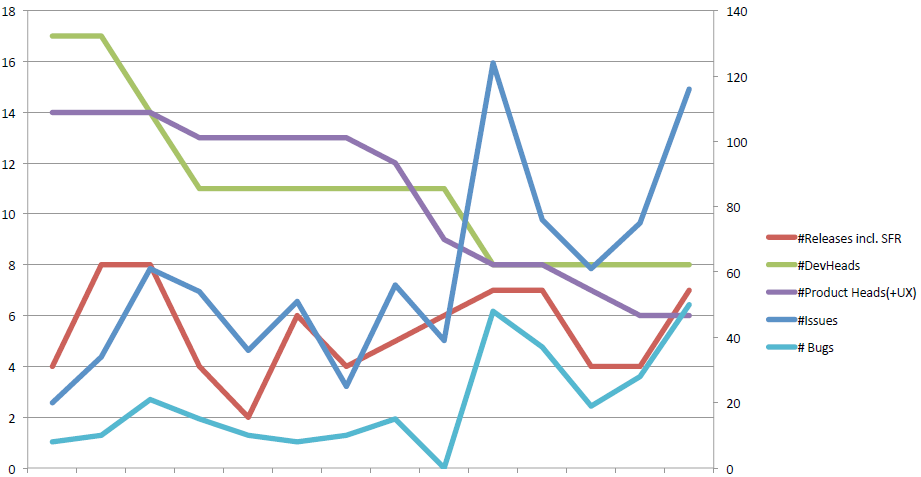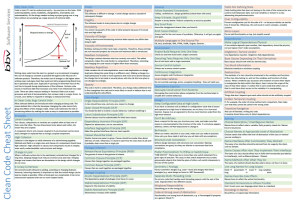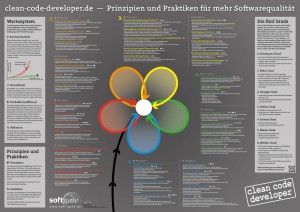Customer & Service Provider interface … epic fails and how to overcome them
Just recently I decided to change positions – moving away from a CTO role with a whole development department attached towards a CTO role with all software development tasks being outsourced to a service provider / product company. And I felt like being in a time-warp … not into the bright new and shiny future – no … directly into middle age – the darkest version of it.
See why – and how I plan to maneuver all of us out of this.
The Setting
The product company is very specialized on delivering a specific product aiming at university campus management software. We’re paying 2,5 developers to work full-time on our product branch – we call it a development partnership.
The product company develops in PHP, does deployments with puppet – however utilizes a full tomcat environment and PostgreSQL as database. They claim to work in an agile manner … and utilize JIRA (yeah!). Peeking into their JIRA unveils a per-person-association-to-tasks (well …). Visiting the development team produces clean white walls, no empty bottles or cans around, no architecture diagram scribbles, and no nothing. Suspect environment for full-heart agile developers. But let’s see.
The Situation
We are not happy with the performance of the service provider. Why? They don’t deliver on time, in quality and make promises all the time. Hmmm. After few visits and talking in-house and the service provider the situation became clearer to me.
Multiple stakeholders talking to the service provider – We had multiple parties of our business units talking to various people at the service provider. All of us spoke with different voices and everything was super-important. In the end not the feature with highest business impact made it live – it was the one of the person shouting loudest…
No clear communication of priorities, requirements and goals – In our discussions with the various people at the service provider we were not able to communicate a clear order of priorities nor were the requirements defined – not talking about documented or clear – and goals of the implementation tasks were sometimes not even clear to our internal stakeholders.
Fundamental changes in design after going live – I think that’s a real classic: The whole implementation is done, the product change is live and the stakeholder suddenly realizes that the color coding of a logo needed to change. So, the stakeholders didn’t even realize that changes in the live product are the most costly changes – compared to those done on powerpoint or photoshop level right in the beginning.
The Symptoms
No progress over all – Having not communicated a goal, a strategy or anything with a guiding function it’s no wonder there is no felt progress in the cooperation with our service provider. Sure, everybody was giving his/her best and we were moving. But nobody was satisfied at all. We didn’t get what we wanted and the service provider felt bashed at every move they made.
Communication went really personal – I personally attended the at-the-time two-weekly phone call with our service provider. We had the CEO, 3 business unit leads, one project manager and another 3 subject matter experts on the call – together with one of the managing directors of the service provider. As usually, I learnt afterwards, the call ended in real bad communication on a personal level. There was no common sense, every word was political, no commitment to anything – it was protect my a** everywhere.
The Idea
This needed to end. So, after my first week I had a meeting with the board of the service provider. Board means two people – the founder and investors. I presented them with an idea to improve the situation. At the core of the idea there were two main principles:
- Setting up a stable and reliable single face of contact on working level
- Introducing basic agile principles to get to stable requirements
They bought into this approach and we agreed to set this up.
Stable and reliable single face of contact on working level – I made my project manager to spend 80% of his time to manage the interface to our service provider. The service provider put 40% of a person into this task.
The two of them meet twice a week. Idea behind is to get closer communication flowing. The sooner we know about problems, the faster we can solve them. Anything not clear? Any issue to solve? Too less resources? Whatever. On Tuesday, they meet to discuss the current stories in implementation and issues. Furthermore, they discuss future stories to get feedback on expected implementation issues and too less specific requirements. On Friday, they meet to discuss the same topics and in addition I and the managing director meet to discuss and decide on topics to be resolved.
Internally, we made clear that it’s my person and the project manager who speaks to the service provider – nobody else. NOBODY! This is the only way to remove distracting conversations on non-important topics and puzzling requirements. Not to talk about setting other priorities on tasks. This all happens when the internal stakeholder have direct access to the service provider. Now, the project manager collects the user stories and requirements. We meet on a frequent basis – at least once a week, usually every day – and exchange our knowledge on user stories.
Introducing basic agile principles to get to stable requirements – Obviously, we had XLS-sheets of various formats and contents. All of them full with requirements and sorted to various priorities. We kindly removed all of them and started our Company Backlog.
We agreed with the service provider to have sprints of 2 weeks. The service provider still does releases on a 4 week basis – but we work in 2 week sprints. This allows us to communicate delays of features in terms of 2 weeks instead of month. “Well, it didn’t make it into this sprint – we will put it into the next sprint. This starts in 2 weeks.”
The Company Backlog is now organized in JIRA. We attach all relevant information to the user stories and hand them over to our service provider. Unfortunately, we couldn’t agree on using the same JIRA instance. Initially, I thought to use a Company Backlog view where we organize the next sprint which is then handed over to development and they start associating tasks to the user stories.
The daily standup is a bi-weekly get-together of the relevant people and starts to work out pretty good. During these meetings the two of them do a kind of backlog grooming and discuss the next stories to be implemented.
So, to summarize. Agile elements are:
- The Company Backlog
- The Product Owner (on our side – still named project manager)
- The Scrum Master (on service provider side – also named project manager)
- Sprints of two weeks duration
- Backlog grooming
- Planning 1
Does it work? Well, I’m sure it will be an improvement after all. Is it optimal? Let’s see!







